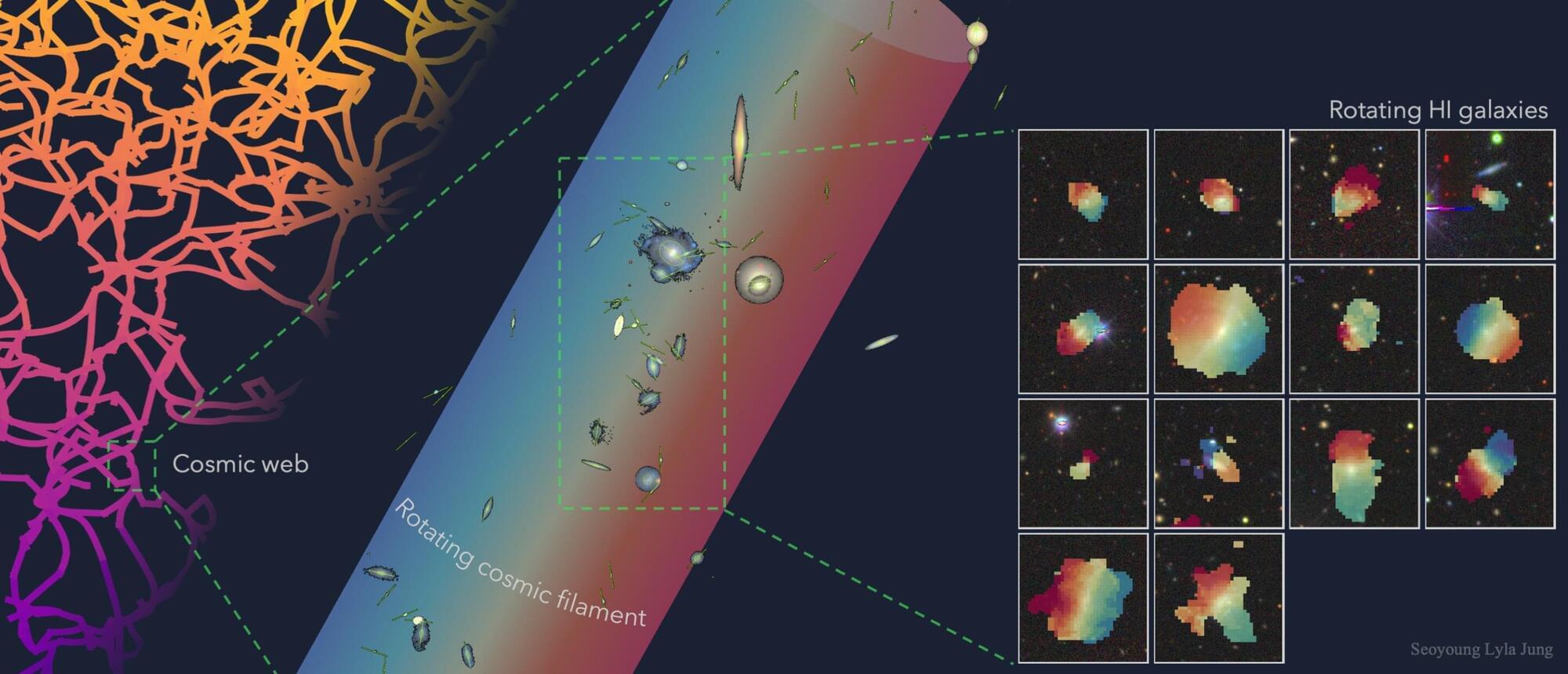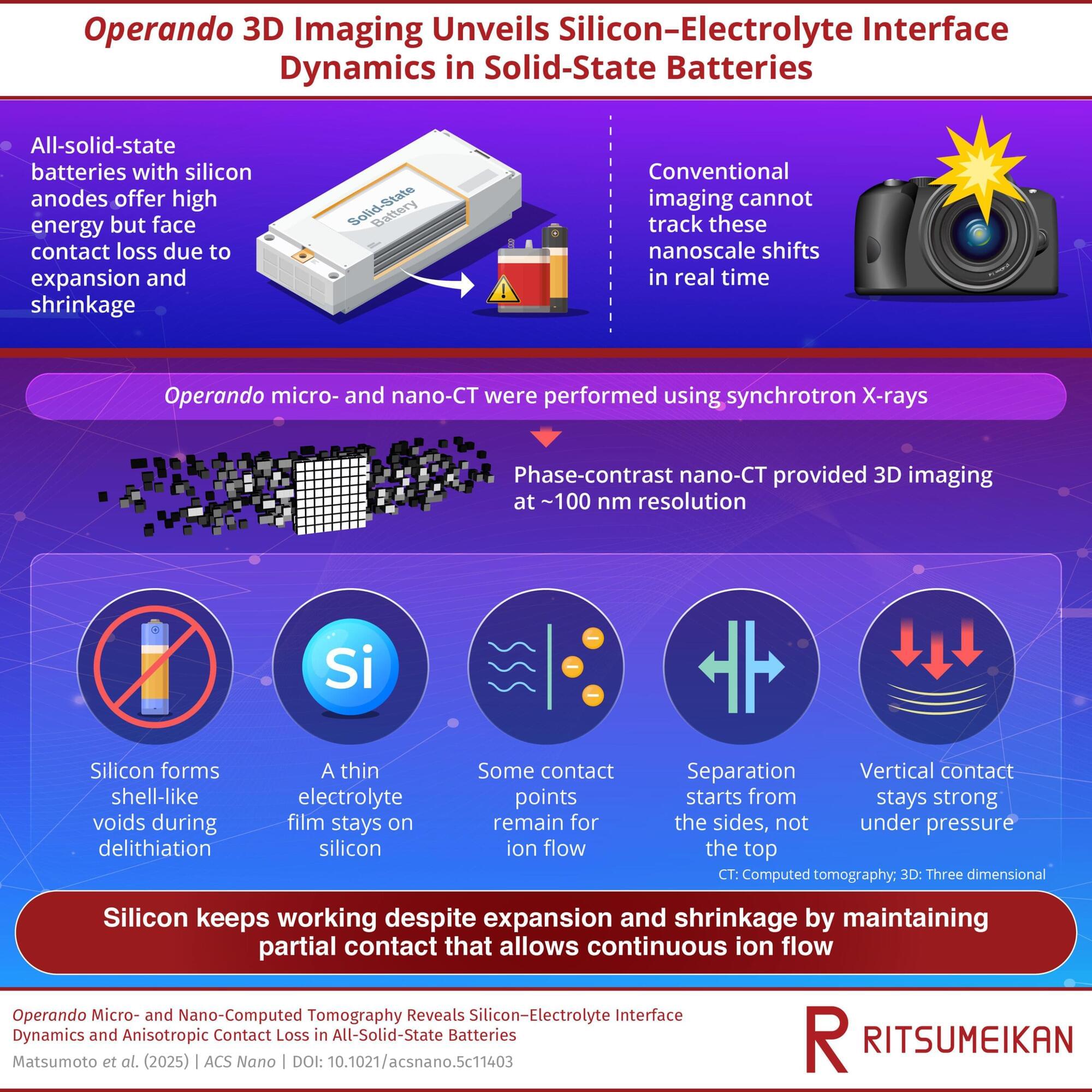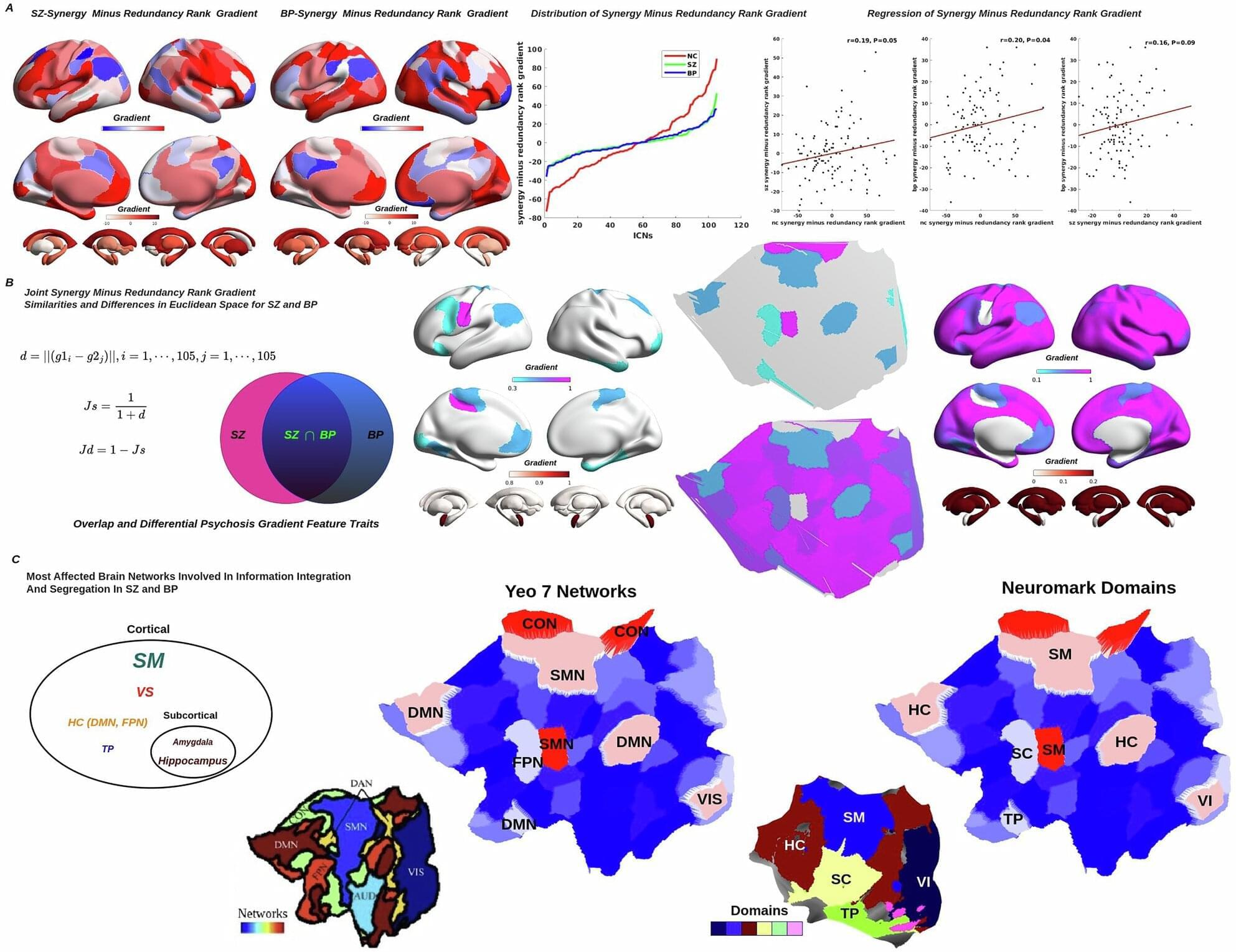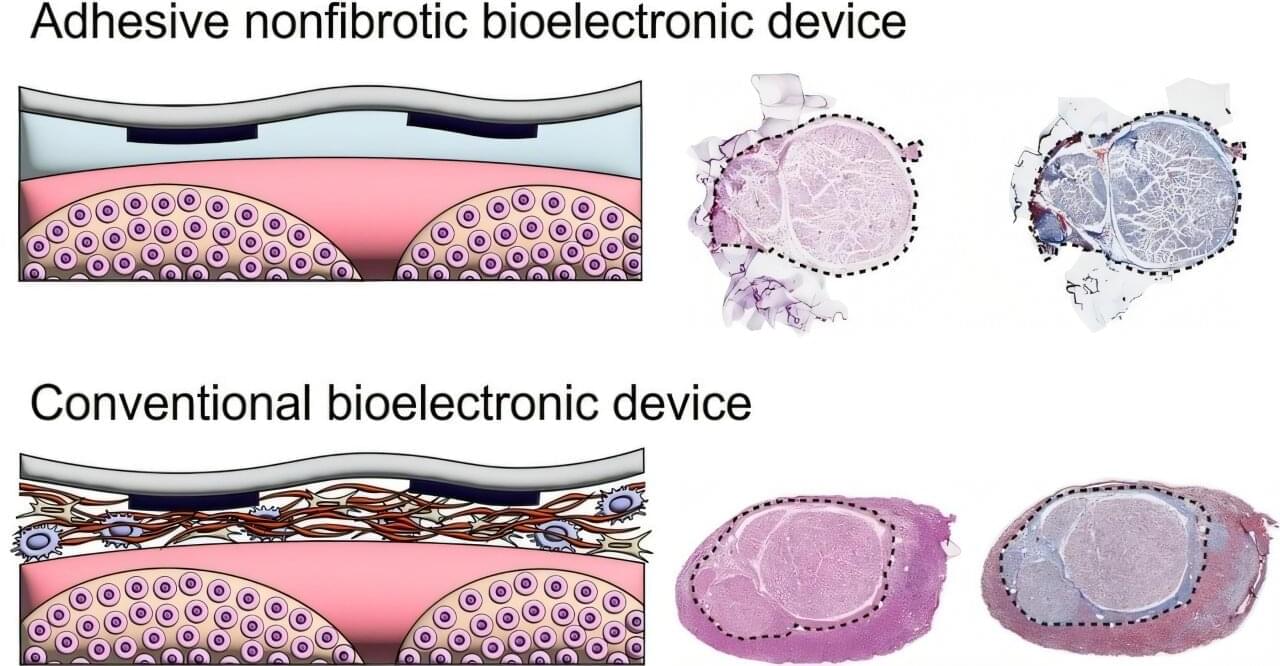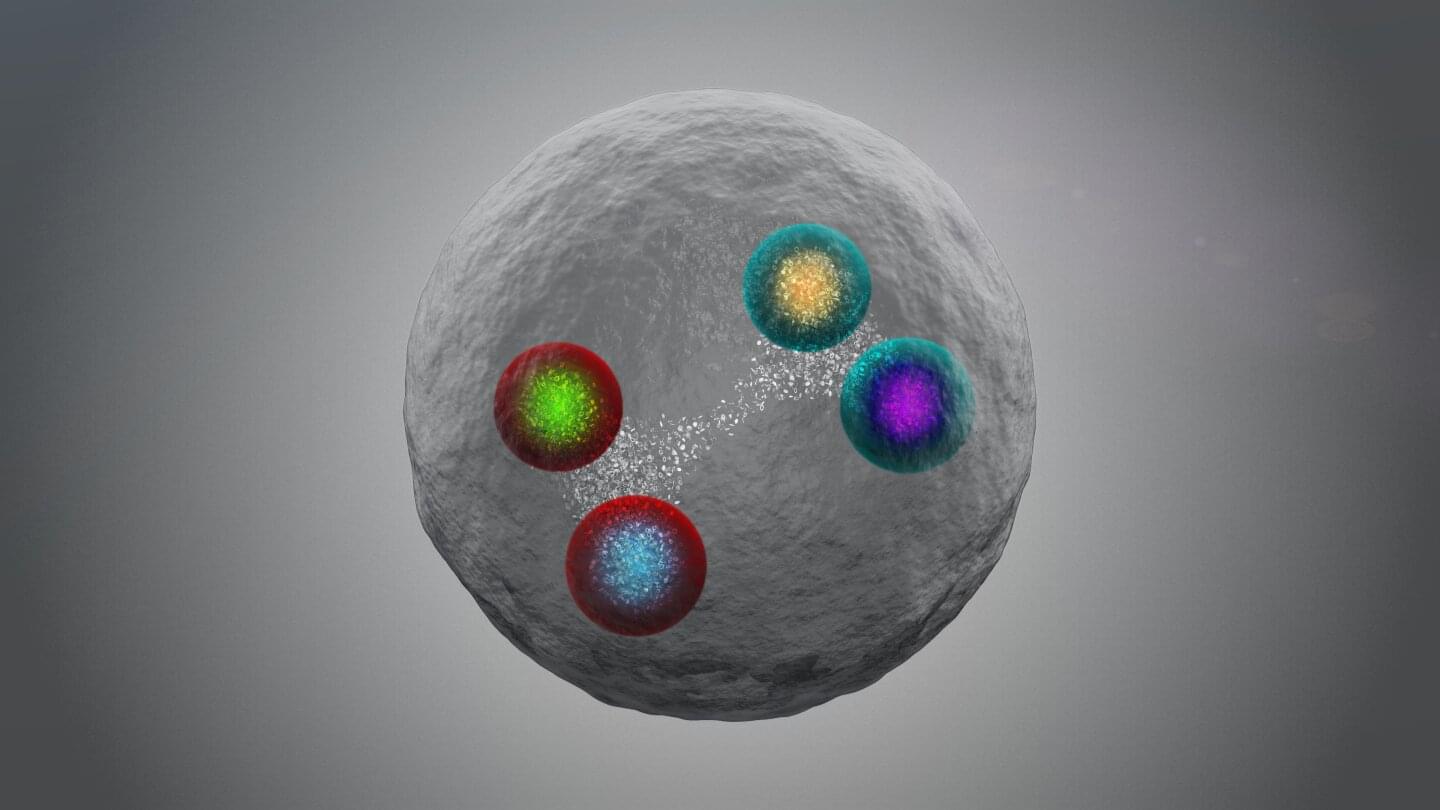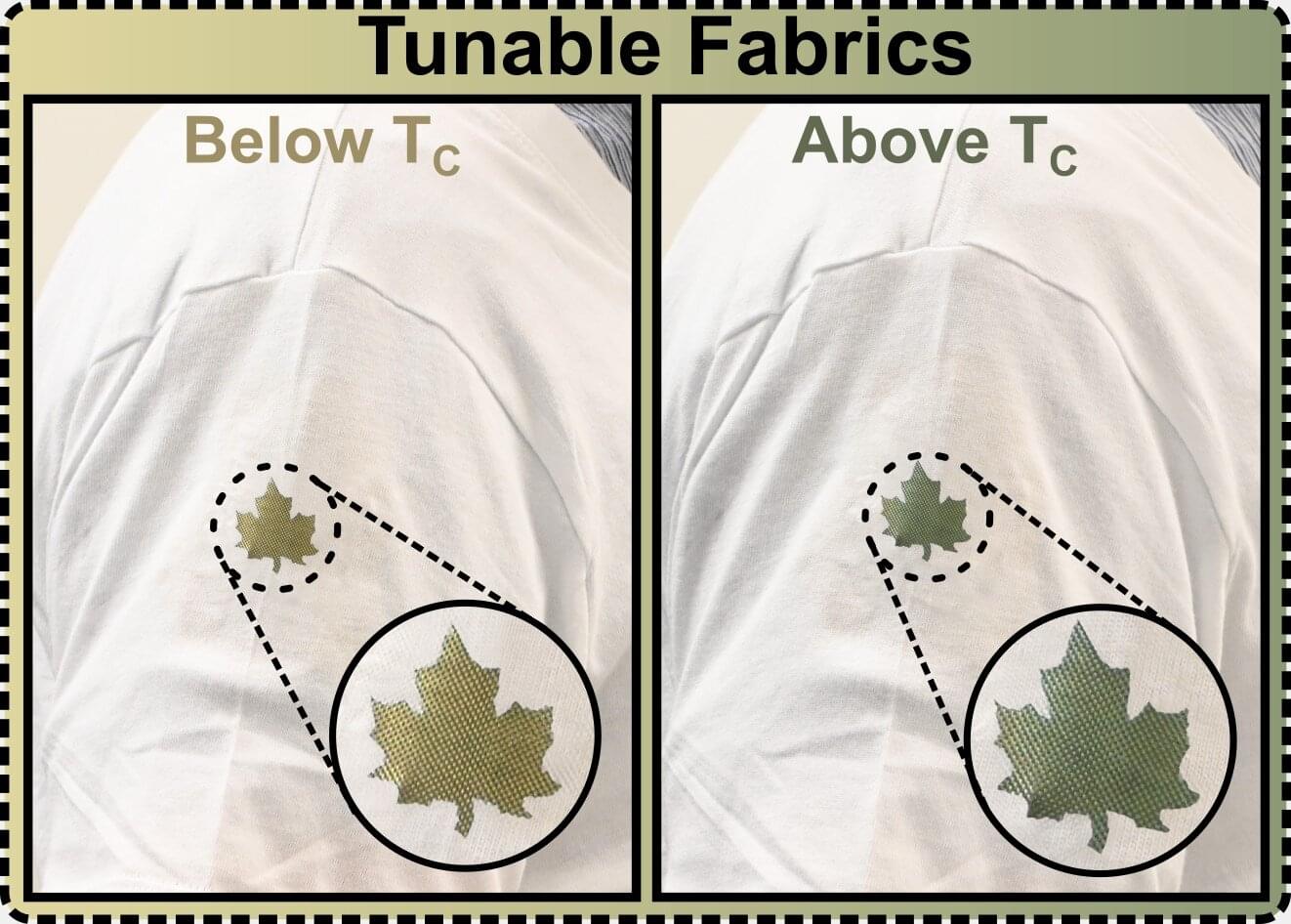A new device uses focused sound cues to keep users grounded amid digital distractions, with possible benefits for anxiety and ADHD as well.
The whisper of two palms rubbing together. The squeak of a marker on a whiteboard. The swish of fabric against fabric. The whoosh of a running faucet. These sounds can help center the mind on the present moment.
Such cues were the driving force of new research from Stanford’s SHAPE Lab and the Virtual Human Interaction Lab, which has created a new device they believe can improve mindfulness in an all-too-distracting digital world. The secret is that the keys to mindfulness have been right in front of our ears all along, hidden in the often subtle, overlooked audio cues that help ground us in the beauty and meaning of everyday experiences.

